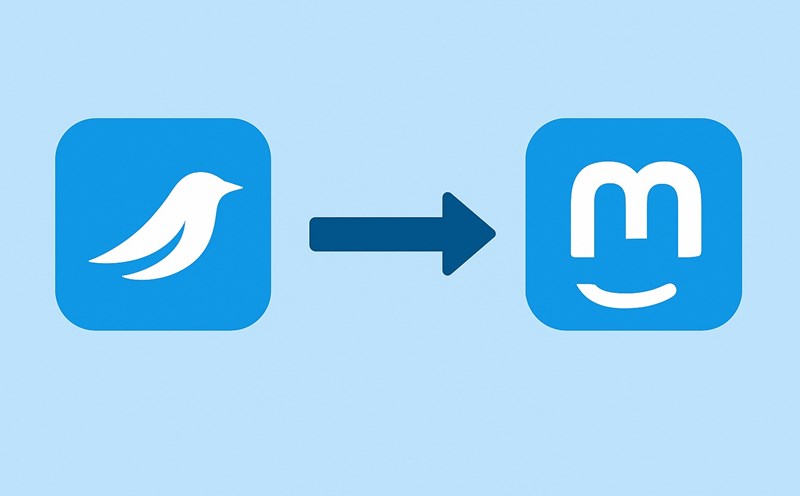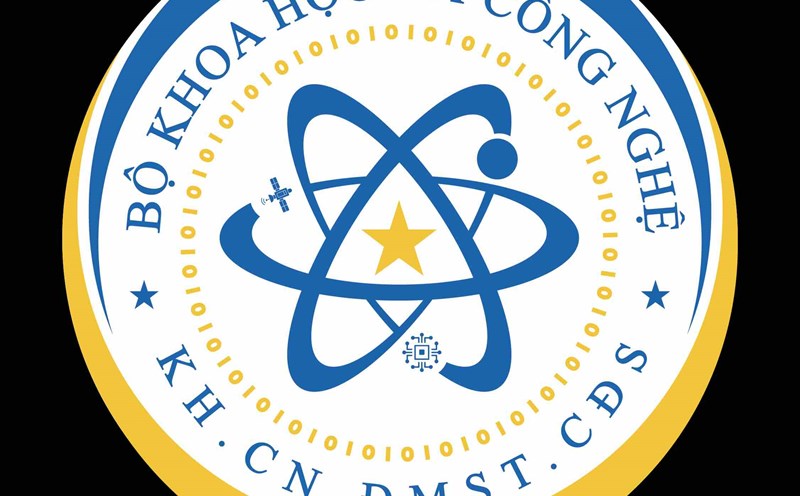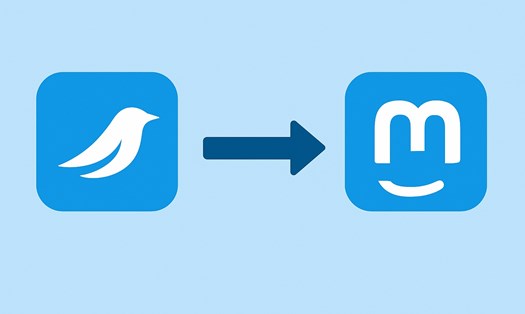In the era of artificial intelligence, the memory of the deceased is being recreated in an unprecedented way.
deadbot technology is digital copies created from personal data that are opening a new door to connect the past and present, while posing many thorny ethical questions.
The idea of this science fiction is actually very simple, when AI uses voice, images, messages, and social media posts to recreate the portrait of a deceased person.
As a result, users can chat, text, and even participate in videos, making the line between memory and interactive presence fragile.
In fact, many families have come to deadbot as a way to soothe loss.
In the US, a woman used an AI video of her late brother to speak in court, thereby influencing the verdict.
Some gun and bullet reform organizations also apply this technology to victims' digital voices that are leowned in calls to lawmakers, to keep their stories unforgettable.
At the same time, a new industry is taking shape. According to NPR (US National Public Radio), the "digital reality" market could reach $80 billion in the next decade.
The services do not stop at chatbot or avatar, but also include Scheduling messages after death, or even bringing celebrity photos back to advertising many years after they passed away.
However, along with the potential is the fear of abuse. Some companies have been criticized for exploiting family pain or using data that the deceased has never allowed.
Experts, such as Katarzyna Nowaczyk-Basińska from the University of Cambridge, warned that digital immortality forces society to look back at how we face death and memories.
Debats over privacy, ethics, and digital heritage control are heating up more than ever.
As the disappearance of human AI robots has gradually become a familiar part of life, the key question arises: Who has the power to control a person's digital image after they leave this world and who will benefit from it?











